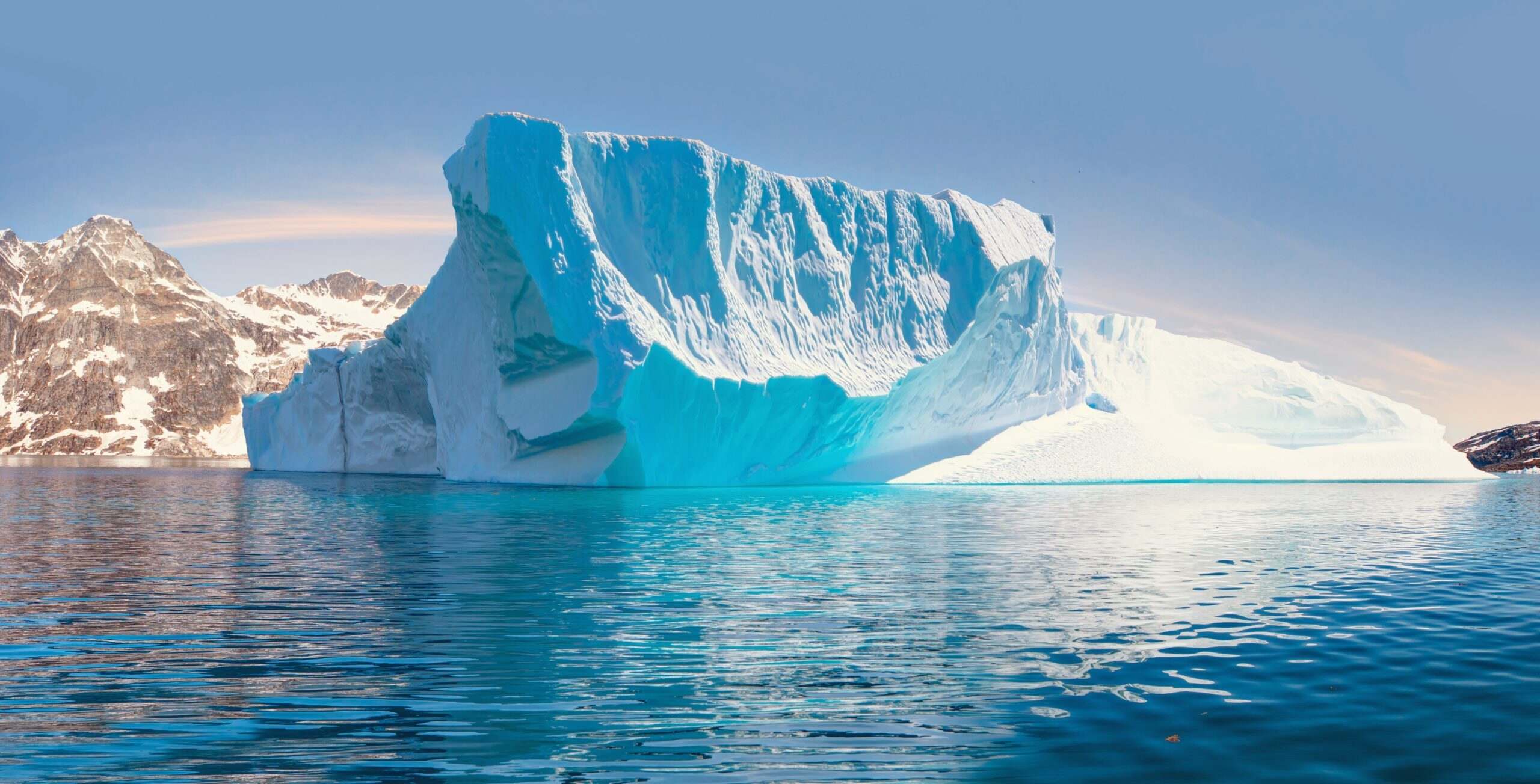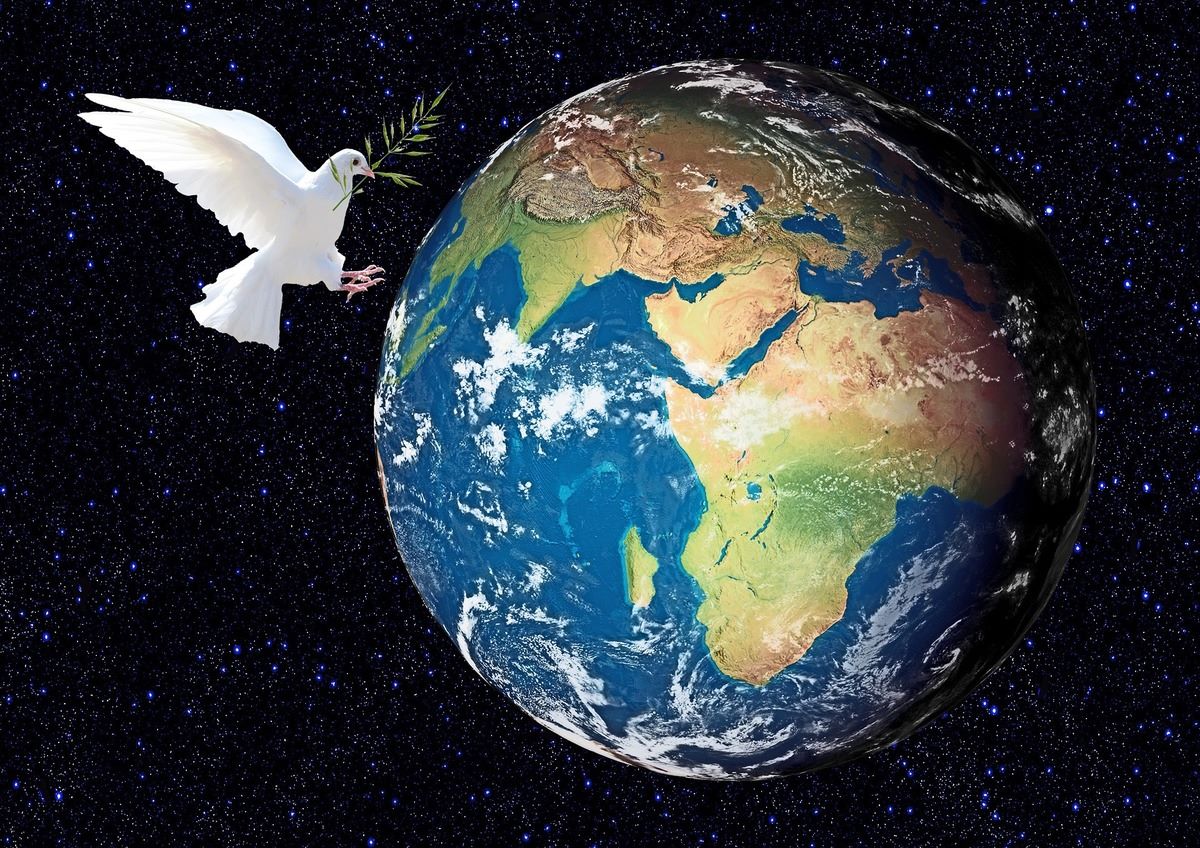
Ever wondered about those majestic giants floating in the ocean, shimmering under the sunlight? Yes, I'm talking about icebergs – nature's icy sculptures that hold secrets and stories of the earth's past. Did you know that only 10% of an iceberg's mass is visible above the water? That's just the tip of the iceberg, literally! These frozen behemoths are not only a sight to behold but are also packed with fascinating facts that can blow your mind. From their role in shaping ecosystems to their contribution to global water levels, icebergs are more than just blocks of ice. Ready to chill and learn some cool facts? Let's dive into the icy waters and uncover 21 amazing facts about icebergs that will leave you frozen in awe.
Key Takeaways:
- Icebergs are massive floating ice giants formed from glaciers. They play a crucial role in the global water system and climate regulation, but their future is uncertain due to climate change.
- Icebergs are not just frozen water; they support ecosystems, inspire art and culture, and are essential for oceanography. Their beauty and mysteries remind us of nature's power and the need to preserve our planet.
What Exactly Are Icebergs?
Icebergs are massive pieces of freshwater ice that have broken off from glaciers or ice shelves and float in open water. Unlike what many think, their formation is a natural process, often resulting from the movement and cracking of ice in colder regions. These floating ice giants are predominantly found in the polar regions, but can occasionally drift into warmer waters, causing fascination and sometimes danger for ships.
How Do Icebergs Form?
- Formation begins when snowfall accumulates on glaciers or ice shelves over thousands of years, compressing into ice.
- Gravity then pulls these ice masses towards the sea, where they eventually break off or "calve" from their parent ice formation, creating icebergs.
The Tip of the Iceberg: Size and Composition
- Most icebergs contain more ice below the water's surface than above; typically, only about 10% of an iceberg's volume is visible above water. This phenomenon leads to the saying "tip of the iceberg," implying that there is more to a situation than meets the eye.
- Freshwater makes up icebergs, originating from snowfall, unlike sea ice, which forms from frozen seawater and contains salt.
Icebergs and the Titanic: A Cautionary Tale
- The infamous sinking of the Titanic in 1912 highlighted the dangers icebergs pose to ships. Despite advancements in technology, icebergs remain a significant hazard in the North Atlantic and other cold waters.
The Lifecycle of an Iceberg
- Traveling distances can be vast; some icebergs drift thousands of miles from their origin.
- Melting is the final stage of an iceberg's life. As they move into warmer waters, icebergs eventually melt completely, contributing to the global water cycle.
Icebergs and Climate Change
- Accelerated calving and melting of icebergs are indicators of climate change. Scientists study these phenomena to understand the impacts on sea level rise and global climate patterns.
- Habitats for wildlife, such as penguins and seals, are affected by the changing iceberg landscapes, altering food sources and breeding grounds.
The Largest Iceberg Ever Recorded
- In 2000, an iceberg named B-15 broke off from Antarctica's Ross Ice Shelf. Spanning over 11,000 square kilometers, it was the largest iceberg ever recorded, comparable in size to the island of Jamaica.
Icebergs as Freshwater Sources
- Some companies and countries consider towing icebergs to regions suffering from freshwater scarcity. This innovative idea, although challenging, highlights the potential of icebergs as freshwater reservoirs.
The Colorful World of Icebergs
- Blue icebergs are created from ice that is densely packed, squeezing out air bubbles and absorbing red light, which gives them a stunning blue appearance.
- Striped icebergs form from layers of snow and ice that have melted and refrozen, incorporating materials like volcanic ash, creating beautiful natural patterns.
Icebergs in Culture and Media
- Icebergs have captured the human imagination, featuring prominently in literature, films, and documentaries. Their majestic and mysterious nature continues to inspire artists and storytellers around the world.
The Role of Icebergs in Oceanography
- Scientists study icebergs to understand ocean currents and the distribution of freshwater in the ocean. These floating ice masses play a crucial role in the global water system and climate regulation.
Icebergs: Not Just Frozen Water
- Ecosystems thrive on and around icebergs, supporting a variety of marine life. Algae that grow on the underside of icebergs feed krill, which in turn, support larger marine animals like whales.
- Nutrient distribution is another critical role of icebergs. As they melt, they release nutrients trapped in the ice, fertilizing ocean waters and promoting the growth of phytoplankton, the base of the marine food web.
The Future of Icebergs
- With global temperatures rising, the future of icebergs is uncertain. Their increased melting rates could have profound effects on global sea levels and marine ecosystems.
- Innovative research and technology are being developed to monitor and study icebergs more effectively, offering hope for new strategies in understanding and mitigating climate change impacts.
Icebergs as a Source of Inspiration
- Beyond their scientific interest, icebergs continue to fascinate and inspire people around the world. Their sheer size, beauty, and the mysteries they hold remind us of nature's power and the importance of preserving our planet.
- Adventure tourism to polar regions has grown, with many seeking to witness the awe-inspiring sight of icebergs up close, underscoring the need for sustainable practices to protect these natural wonders for future generations.
A Final Glance at Frozen Giants
Icebergs, these majestic frozen giants, hold stories of Earth's past and offer clues about our climate's future. They're not just blocks of ice floating aimlessly but are vital to marine ecosystems, influencing water salinity and circulation patterns. Their sheer size and beauty captivate adventurers and scientists alike, yet they serve as a stark reminder of the delicate balance our planet maintains. As we've journeyed through fascinating facts about icebergs, it's clear they play a crucial role in our world's geography and environmental health. From their formation to their impact on global sea levels, understanding icebergs is key to appreciating the complexities of our planet. Let's continue to marvel at their splendor while recognizing the importance of preserving such natural wonders for future generations.
Frequently Asked Questions
Was this page helpful?
Our commitment to delivering trustworthy and engaging content is at the heart of what we do. Each fact on our site is contributed by real users like you, bringing a wealth of diverse insights and information. To ensure the highest standards of accuracy and reliability, our dedicated editors meticulously review each submission. This process guarantees that the facts we share are not only fascinating but also credible. Trust in our commitment to quality and authenticity as you explore and learn with us.


